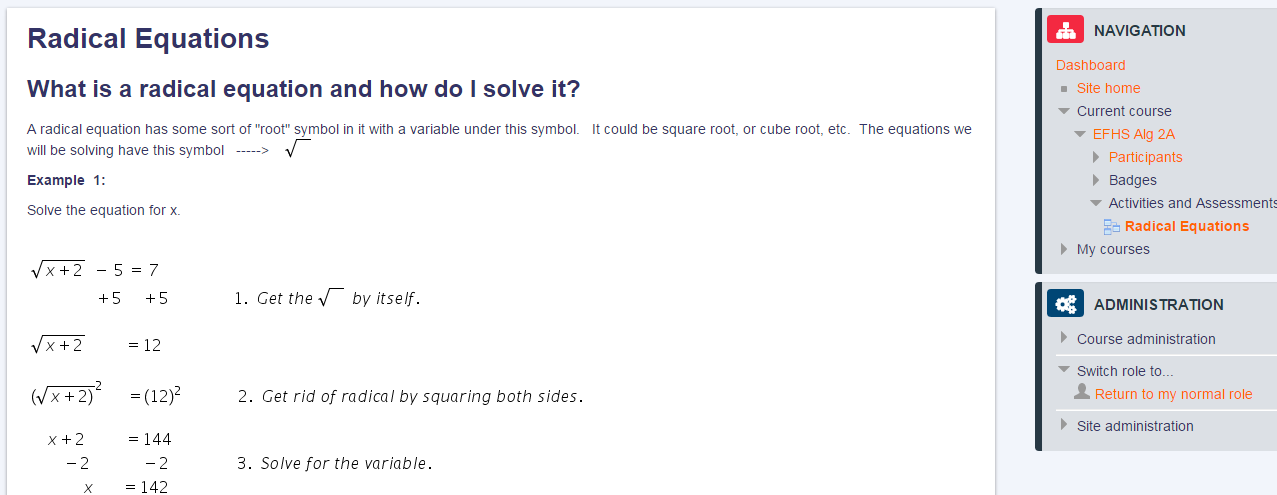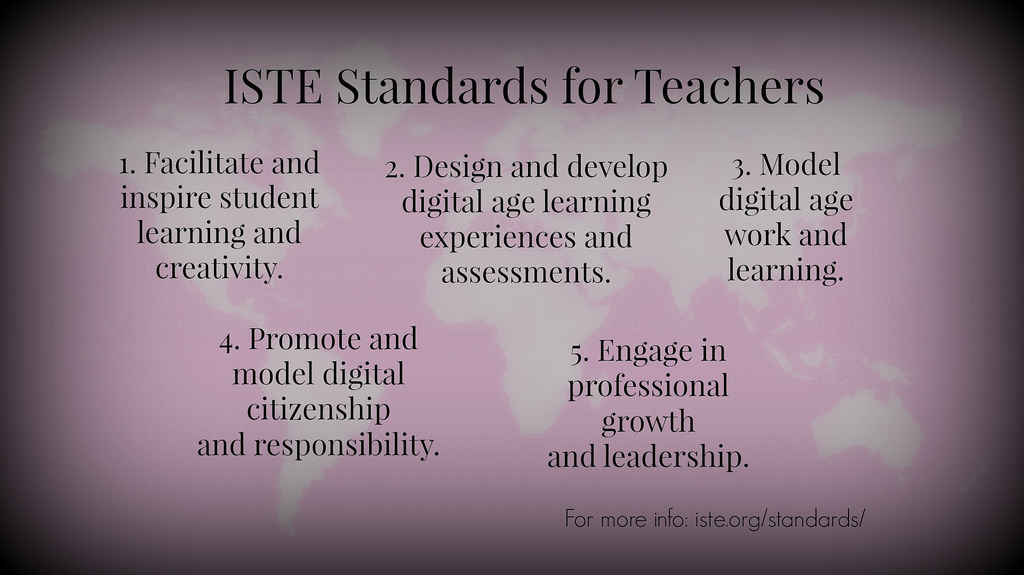Edsel Ford Math teacher Mrs. Angela Maynor recently created a virtual lesson using Moodle (iLearn). Her lesson consisted of several content pages that introduced the concept of radical equations. Her lesson is expertly organized, modeling sequences used by effective...
Bob Harrison
ISTE Standard*S: Standard 2: Communication and Collaboration
The second standard in our series on the ISTE Standards for Students is Communication and Collaboration. The standard says, "Students use digital media and environments to communicate and work collaboratively, including at a distance, to support individual learning...
Beating Cheating in Online Assessments
This year, scores of teachers in Dearborn have begun to move their assessments online, mainly to Moodle (iLearn). This has been to the benefit of students, as they experience tests in formats that resemble that of the high-stakes standardized tests they'll encounter....
Moodle 6th Grade Statistics Unit
Take a look at this video preview of one of the things I've been working on for 6th grade math teachers, our largest inter-school group of Moodle (iLearn) users. I used materials from engageNY.org to create interactive digital activities that adhere closely to the 6th...
ISTE Standards*S: Standard 1: Creativity and Innovation
As promised, we will be discussing the ISTE Standards for Students, and ideas for implementing them into your classroom. The first standard is Creativity and Innovation. The standard says, "Students demonstrate creative thinking, construct knowledge, and develop...
ISTE Standards for Students: Meeting the Needs of EVERY Student
We are starting a new blog series on the Tech Coach blog about the 6 ISTE standards for students. These standards describe the skills and knowledge students need to learn effectively and live productively in an increasingly global and digital society. In order for...


